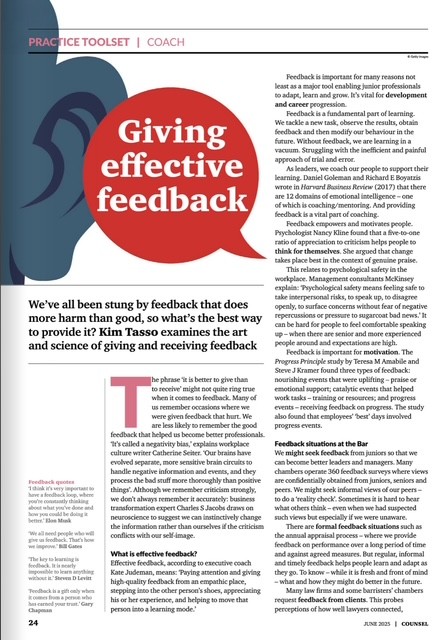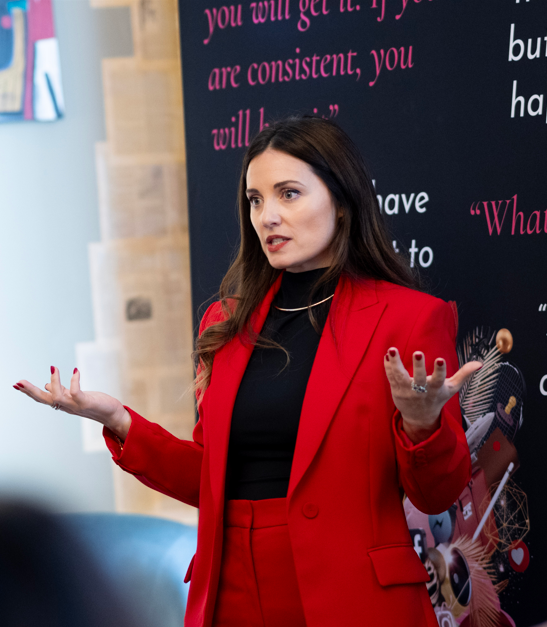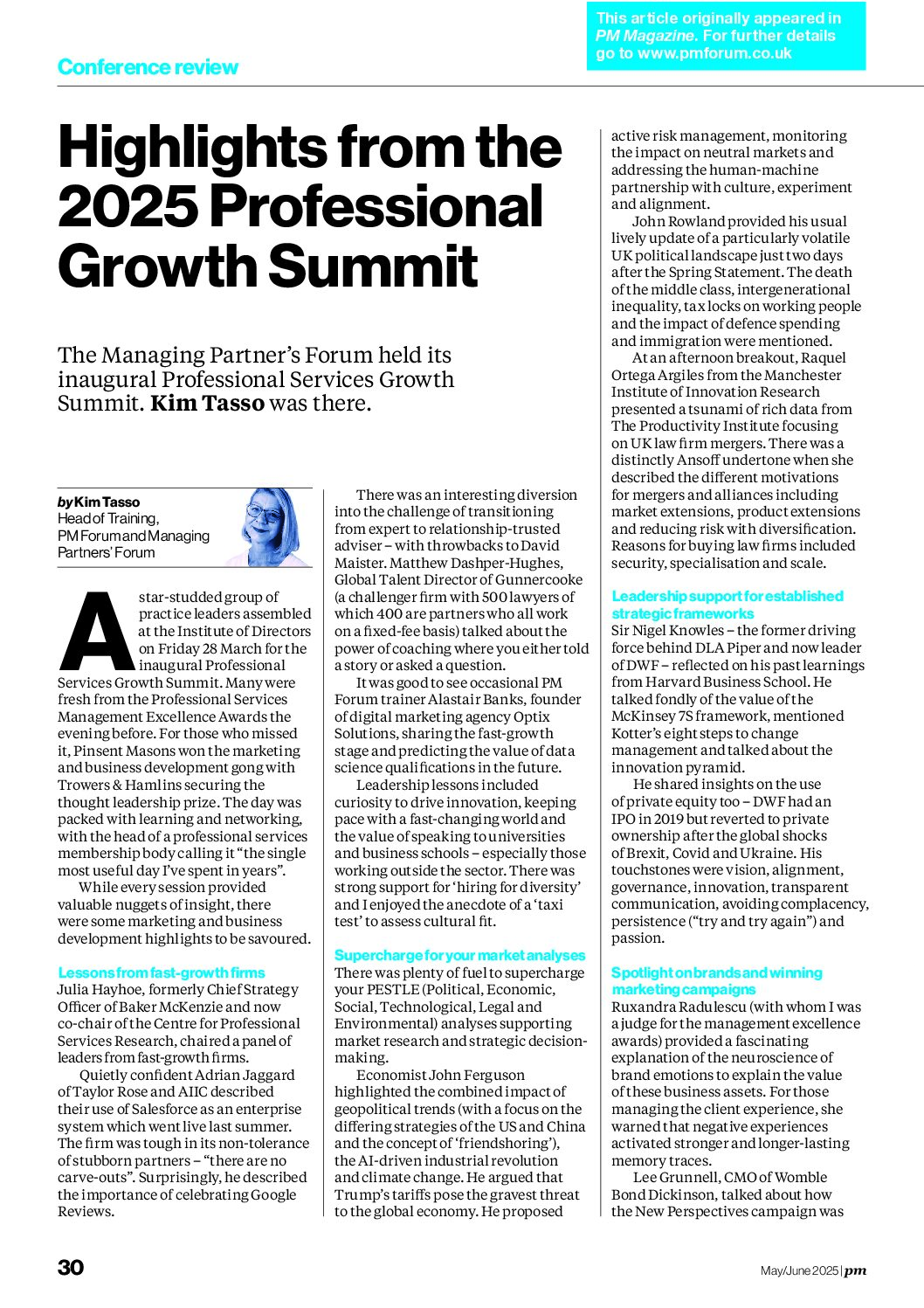As a result of the White Paper on selling and social media for the professions (see 15th December 2010) and the blogs on why and how to use Twitter in December 2009 several of my clients (including the barristers) have asked for a beginner’s guide to LinkedIn for lawyers, accountants and surveyors as social selling is an increasingly important part of networking and business development activity. Now I have directed them to the excellent on-line help within LinkedIn but they insisted. I have found that it’s best if such material is presented in bite sized chunks – with my clients I provide a 15 minute desk side teach-in each week over a period of months where we build up use of LinkedIn’s various features slowly over time. That way there isn’t too much of a time burden.
I should add that whilst there are lots of suggestions for what you can do in LinkedIn, you do not have to do very much to have a decent profile and make some initial connections. There are plenty of lawyers, accountants and surveyors who do little more. But you should aim to make LinkedIn part of your day-to-day client relationship management and business development activities. Like all tools, you will tend to gain as much from LinkedIn as you put in. Research indicates though that when people refer or recommend you, they will check you out first on social media.
What is LinkedIn?
It’s a social media platform. Focused on the business and professional community. And it contains a number of elements:
- The ability to store your personal profile as well as information about your organisation
- A source of news (and market intelligence) from your contacts, clients and referrers
- A way for you to like, comment upon and share content from your connections and their connections
- A method of connecting online with your contacts, clients and referrers
- The ability to share content status updates about your views and activites and photographs (and a way to build your profile as an expert)
- A private messaging system to communicate with your contacts, clients and referrers
- A publishing facility where you can publish blogs and articles – otain analytics on what is viewed and shared – and read those from others
- An online community of private and open groups connecting people with shared interests and enabling them to share and discuss information
Why use LinkedIn?
The general benefits of social media are covered in my other blog posts and FAQs although they can be summarised as: engagement, insight, innovation, advocacy, natural search (it helps your search engine optimisation), client service and increased sales.
LinkedIn was one of the first social networks to be aimed at the business and professional market and has over 85 million users – and over a million of these are lawyers. It’s huge reach is particularly important for those wishing to connect with international people. It is a vital tool in referrer management.
For those professionals who do not have a CRM (Client Relationship Management) available to them, LinkedIn provides a relatively easy way to organise and stay in touch with their main clients, contacts and referrers. And whilst there are increasing regulations on data privacy making email marketing more difficult, LinkedIn provides an easy and unobtrusive way for you to stay on the radar of your contacts, clients and referrers. It should also be said that it is used heavily by recruitment consultants.
Check your firm’s policy first
Organisations often have a social media policy to guide their people’s use of social media platforms such as LinkedIn. You should check to see what the situation is within your organisation. Many firms will provide training and guidelines on the use of LinkedIn – indicating what you may and may not do. They may also have templates or style guides on the tone of your profile and posts. Also, check to see who else is using LinkedIn in your firm – you may be able to learn from them.
Complete your profile
It looks a bit daunting when you look at the profile and start work on filling in your details – and then find you are only 10% complete! Do it in stages over time rather than trying to produce a complete profile in one sitting.
A starting point is thinking carefully about the short description of yourself and your summary and entering details of your current position. Try to think about the particular areas of your expertise that you wish to promote (your differentiation) and the sorts of things that others will be interested in. It helps if you think about just three key messages about yoursef that you’d like others to know. Avoid being generic – say something interesting. No doubt you will have a suitable biography on your web site that can be modified.
The specialities/skills are important to help people get in touch with you when they are using the search facilities so make sure these are sufficiently focused rather than general. Then enter relevant past positions and think about some of the other sections such as your education. The previous employers and education section will help you reconnect with those people you knew previously.
Link to your company page
Although you can just enter the name of your firm when adding your present position, it is better if you link to (or create) your company page with summary details such as address, contact details, sector and number of employees.
This will make it easier for people to find you and also it means that others in your organisation (and previous employees) can link to the same place and others can find you all more easily. In large firms, links through the company page can be a real help for internal communication and cross selling.
Update your profile and/or status regularly
Each week, LinkedIn used to automatically create and send an email to all those in your network (your connections) alerting them to any changes or additions you have made – including new connections and status updates. This was a very time efficient way to stay on the radar of your contacts and to prompt interaction. It also supports the idea of building up your profile and use regularly over time rather than in isolated intermittent “hits”. These days, people are used to regularly scanning their home page news feeds and any information you have shared will be highlighted to them. This helps you to stay on their radar and provides opportunities for you to connect again on social media, by email or telephone.
You might take a look at adding any publications you have written to the special publications section. Or by posting materials that you wish to share with others through tools such as SlideShare. Some people attend events promoted through LinkedIn and these can be shown on your profile automatically. Similarly, you may want to share the books you are reading by using the Amazon application.
Link to your web site
You can list three separate web sites on your LinkedIn profile. Perhaps your home page, the page discussing your special area of expertise or even your organisation’s blog. Opt to type your own description of each link (e.g. by using your firm’s name) as this will support your search engine optimisation (SEO).
Make some connections
LinkedIn is a bit like an electronic business card. There’s little point in making it look great if no one gets to see it and you do nothing with it. You need to use your LinkedIn profile to connect to people that you already know – and also to start associating with people that you’d like to know – for example through groups (see below).
You can do this in a number of ways. You can search for particular people and companies (for example, existing clients or regular referrers of work) and request that they add you to their network. When it comes to connecting to other people, you will need to provide an email address for those who do not share an organisation with you or you have not worked with or share a group membership with (i.e. friends).
Alternatively, you can give LinkedIn your email addresses in Outlook or other systems and it will look through them to identify who you know who is on LinkedIn and provide a quick way to add them to your LinkedIn network.
LinkedIn does allow you to restrict others from viewing your connections. However, the spirit of LinkedIn and other social media suggests that you do not do so – why should others share their contacts with you if you do not share yours? Professionals should be careful about connecting to clients where they think there may be perceived conflicts or where there are confidentiality agreements.
Do not try to connect to people that you don’t know directly – because if you generate enough “I don’t know” or “Spam” then you will be ejected from the LinkedIn community. Once you have entered some organisations where you have worked and building your network, LinkedIn will start to suggest people you can connect with (‘People you may know’).
The way to reach people you don’t know is by using your first level connections to request an introduction to those in their network. Or to publish content that is shared by others that draw attention to you.
Promote your profile
Depending on the policies within your firm, it may be possible to add your LinkedIn profile details to your web site biography and other pages where you are listed and to the end of your email signature. The more places you promote your profile, the more likely that people will seek you out and request a connection with you.
Respond to invitations
In due course, people will find you on LinkedIn and request a connection. You will be alerted to this through an email from LinkedIn. Check carefully before you accept as they should be people that you actually know.
LinkedIn also has an internal messaging system, so that you can communicate with other members without having to enter your email address or use your main email inbox. Private messaging is private whereas other material on LinkedIn is public.
Endorse people and make recommendations
You can switch off your lists of areas of expertise. LinkedIn may make some suggestions as to what subjects but you can edit and manage the list. But endorsing people and receiving endorsements doesn’t take much time and it is powerful if you receive a lot of endorsements for your areas of expertise.
Whilst you can, of course, ask people to recommend you (manage recommendations in your profile or use the drop down list to request a recommendation in the profile of other people) it might be easier to start by recommending some people and hope that they will be kind enough to reciprocate. Remember that you have a chance to review any recommendations people write before they are posted to your profile. As in all things, third party recommendations are immensely powerful.
Publish articles and blogs
You can publish articles or blogs within LinkedIn. As well as adding your views to the huge LinkedIn community, your articles become attache to your profile making it easier for people to see your areas of expertise and experience. Your articles and blogs might be modified versions of material you have published elsewhere (take care with copyright) and by repurposing your content you are making efficient use of time and extending its reach.
Integrate your social media networking
If you (or your firm) have a Twitter account, you can add the username to your profile. What is even better is that when you enter a new status you can tick the box that automatically sends your new status or article out through your Twitter account. So you save time updating two channels at the same time. Remember to stick to the character limit though – recently increased from 140 to 280 characters. You might find it useful to learn how to write effectives titles and tweets.
As mentioned above, you can send links to any blogs or other social media activities out through the status line on your LinkedIn account, thus increasing their distribution and reach. Social media tools are most effective when used together in an integrated way. Tools such as Passle help you manage your content management strategy.
Join groups
Once you have found your feet in Linkedin, a good way to get to expand your range of contacts is to join relevant groups. Search for groups that are relevant to your profession, region, area of practice or interests. LinkedIn will also attempt to suggest groups that may be of interest based on the information that you have entered and the groups to which your connections belong. For example, if you search “Family Law” there are 184 different groups listed whereas “Family Law UK” will list 7 – you will need to do a bit of research to identify those of most relevance and interest to you and to avoid inadvertently joining a group set up by one of your competitors. Sometimes you may have to wait to be approved as a member. There is a limit on the number of groups you can join (I think it’s around 50) but to gain most value it’s probably best to join just one or two and properly participate rather than join lots and do nothing.
Before you attempt you set up your own group, I suggest you become familiar with how a successful group operates and build your knowledge of group use. Adminstering, monitoring and curating a group can take a lot of time.
Join and start discussions
Within groups there are discussions. As you participate in those discussions you raise your profile, become visible to other people and build your reputation as an expert. It’s a good idea to read and participate in other people’s discussions before setting up your own. Once you have joined a group and participated in discussions you should find that other members of that group may wish to connect with you.
Answer questions/become an expert
In real-life networking there is a rule called “Giver’s Gain” – the idea being that if you are generous with your time and advice, people are more likely to come back to you.
On LinkedIn there used to be a facility where you could increase your influence and appeal by answering questions (on the main menu select “more” and “answers”) that were posted in public forums and in specialist groups. There are categories such as “law and legal” and “finance and accounting”. When you answered questions, users will rate them and your reputation will grow.
Nowadays, you should aim to comment upon and add value and insight by commenting on or sharing other people’s posts and articles.
Issue questions and polls
Confident and experienced LinkedIn users may use the options to send questions and polls out to a large number of their contacts or generally – it’s a useful way to gather information for research and thought leadership exercises but obviously you mustn’t bombard people.
Upgraded membership?
Whilst I know a few people who have done this and found it useful, the vast majority of people find that the free profile and use of LinkedIn is more than enough for their needs.
Smartphone apps
Like other social media, people can be concerned about the time investment – especially when the return is neither direct nor immediate. One approach is to use a LinkedIn app (application) on your iPhone, Blackberry or other smartphone. Then you can manage your LinkedIn activity while using public transport or in those quiet moments when you are waiting for a meeting to start.
There is lots more that you can do in LinkedIn – as I said at the outset, this is an introductory overview. I would be interested in hearing about your experiences of using LinkedIn and any tips and hints that you are willing to share with lawyers, accountants and surveyors which I will post up with the appropriate accreditation.









